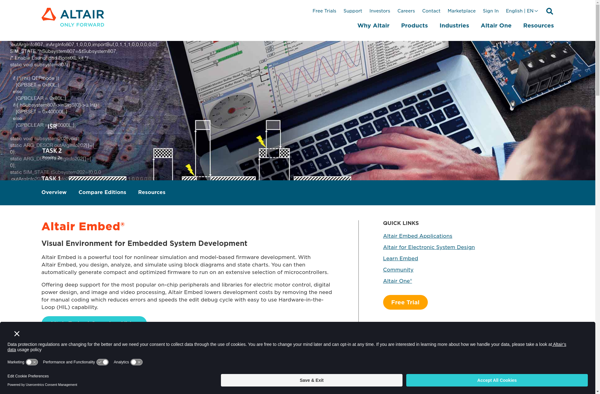GAMS
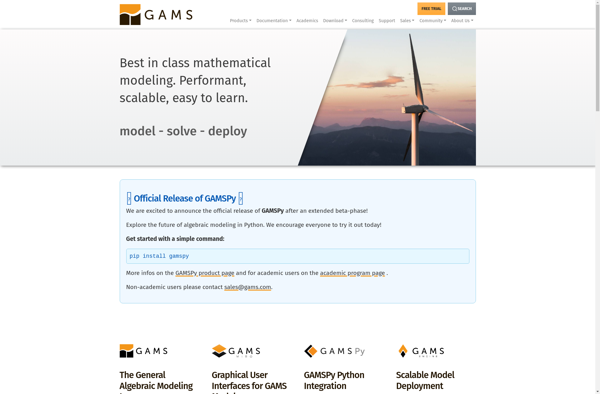
GAMS: Advanced Mathematical Programming Language
GAMS (General Algebraic Modeling System) for mathematical modeling, optimization, and simulation of complex systems.
What is GAMS?
GAMS (General Algebraic Modeling System) is a high-level modeling system for mathematical optimization. It allows users to build large, complex models by using straightforward algebraic statements, without having to write complicated mathematical programming code.
Some key features of GAMS include:
- Flexible modeling language that resembles normal algebraic notation
- Powerful IDE (integrated development environment) for writing, debugging, and organizing models
- Ability to call specialized external solvers like CPLEX, GUROBI, CONOPT, etc. to efficiently solve models
- Support for all major problem classes including linear, nonlinear, mixed integer, stochastic, and complementarity models
- Platform independence allowing models to be easily ported across Windows, Linux, Mac, etc.
- Scripting capabilities to automate workflows and processes
- Large library of existing model templates and examples for reuse
GAMS is used across diverse industries like finance, energy, manufacturing, logistics and transportation for applications like asset and portfolio optimization, production planning, scheduling, network design, policy analysis, and more. With its unique flexibility and modeling power, GAMS enables both prototype modeling and deployment of optimization systems in business environments.
GAMS Features
Features
- High-level modeling language
- Solver-independent
- Large library of built-in functions and modeling capabilities
- Interfaces to many optimization solvers
- Scaleable to large, complex models
- Can call external programs and languages
Pricing
- Subscription-Based
Pros
Cons
Official Links
Reviews & Ratings
Login to ReviewThe Best GAMS Alternatives
Top Development and Programming Languages and other similar apps like GAMS
Here are some alternatives to GAMS:
Suggest an alternative ❐Simulink
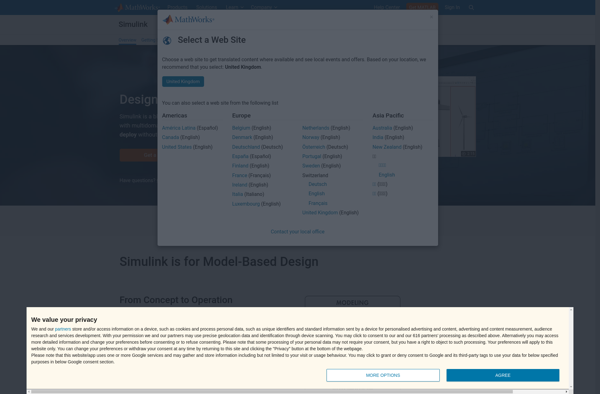
BMS
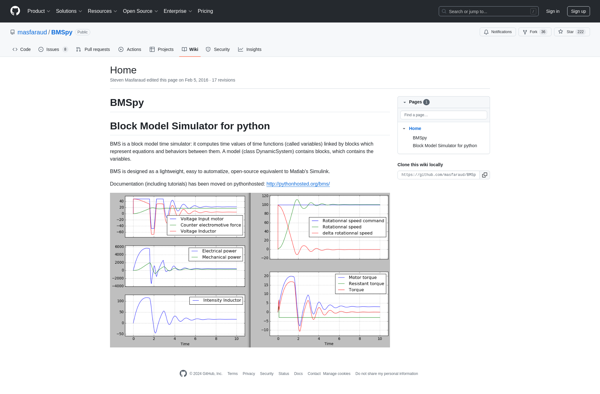
OpenModelica
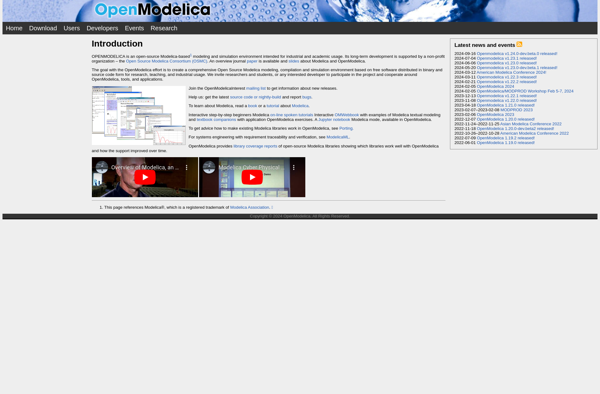
Insight Maker
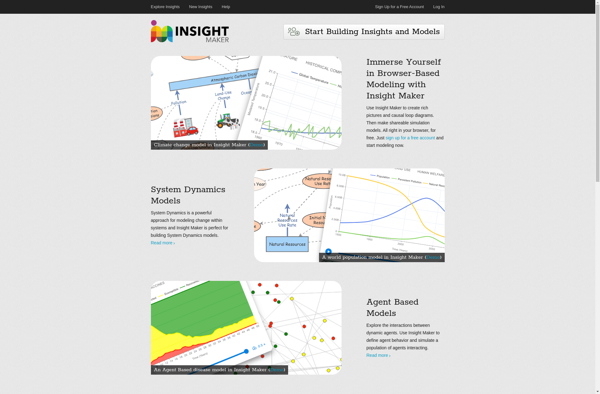
20-sim
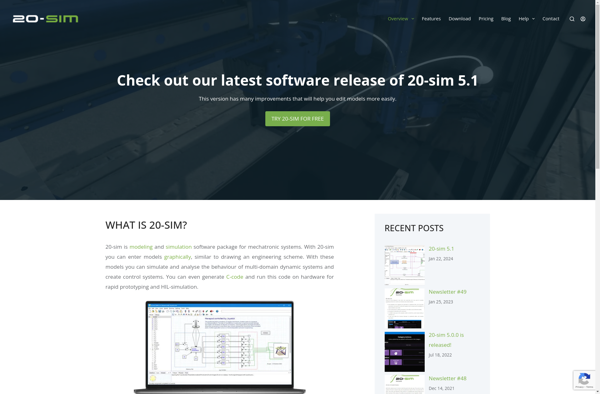
Xcos
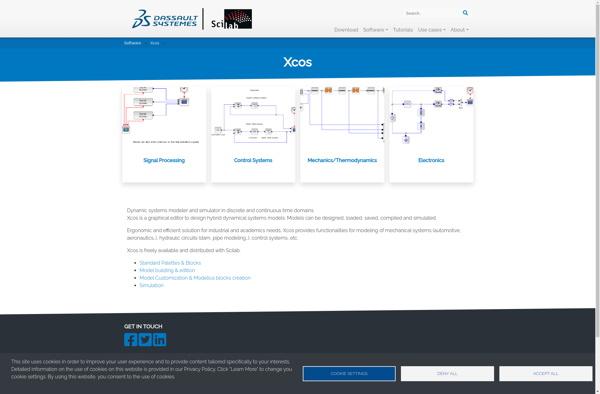
EMSO simulator

Dymola
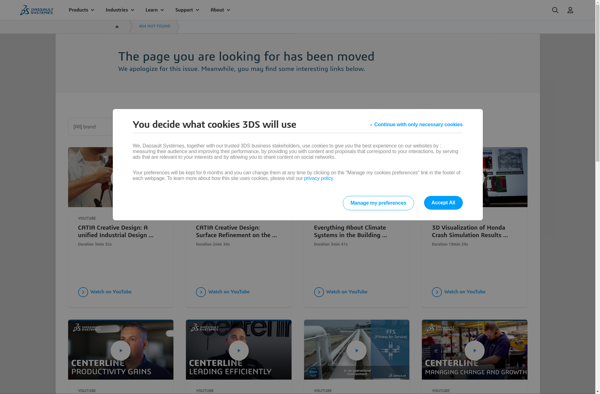
Minsky
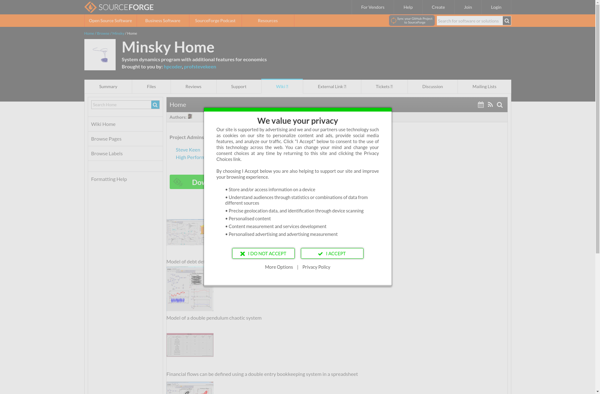
VisSim
